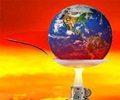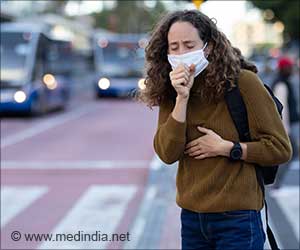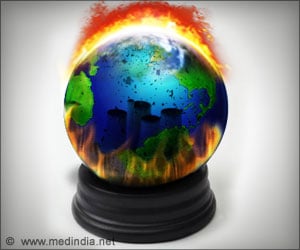
An analysis of data from Australia's National Coronial Information System shows there was an average 21 confirmed deaths involving rips per year during the period 2004 to 2011."And this is likely to be an underestimate because there has to be a witness to an event who saw the person was caught in a rip, and then this information has to be included in the coronial report," says Dr Brander, a co-author on the study which was published earlier this year and led by researchers from Surf Life Saving Australia.For the new study Dr Brander's team used information from the Australian Emergency Management Institute National Disaster Database to identify the average number of deaths per year caused by tropical cyclones, bushfires and floods since the mid-to-late 1800s.
In addition, the Australian Shark Attack File administered by Taronga Zoo in Sydney shows there has been an average of one death a year since 1962."Other types of hazards, like bushfires, have the capacity to claim large numbers of lives in a single event. On the other hand, rip currents are almost always present and rarely result in more than one death at a time. But in the end, more people die as a result of them," says Dr Brander."As rip current are a global problem, it is hoped that this study can be applied in other countries to more appropriately place the rip current hazard in perspective with and context of other natural hazard types."
Source-Eurekalert








